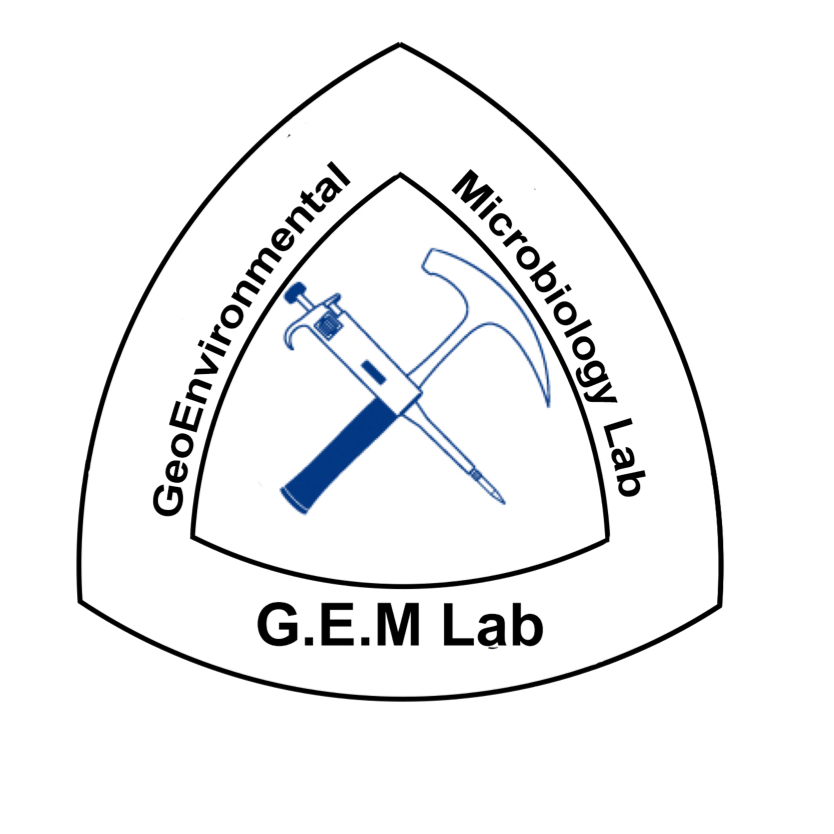BIOL 598A: Applied Bioinformatics
Class, Colorado School of Mines, BIOL, 2018
BIOL598A: Overview
Throughout both natural and engineered systems, microorganisms are ever-present. Modern tools of DNA and RNA sequencing enable us to explore ecosystems to an unprecedented depth; however, these sequencing techniques also require an understanding of computation and data processing to decipher what microorganisms might be in an environment, and what they are doing. Applied Bioinformatics will instruct students on topics in bioinformatics and microbial ecology, giving both biologists and engineers an introduction to DNA sequencing technologies, the bioinformatic tools needed to analyze these data, and the confidence to process large datasets. The course will enable students to produce publication quality graphics in R and explore the topic of reproducible research. Statistical concepts in biological and non-biological systems within R will also be discussed. Finally, the course will expose students to high-performance and cloud computing, using microbiological datasets as case studies.
Outcomes
Student learning outcomes: At the conclusion of the class students will…
- Have a basic understanding of Unix command line usage
- Gain an understanding of phylogenetic analyses, including 16S rRNA gene sequencing
- Understand concepts of environmental metagenomic and metatranscriptomic sequencing
- Learn how to install, and execute software needed to process large biological datasets
- Learn valuable skills in data visualization and data processing within the R programming environment
Topics Covered
- Introduction to the Unix Command Line
- The tree of life and its practical implications
- High throughput sequencing technologies and applications
- 16S rRNA gene sequencing and data analysis
- Data visualization and reproducible research in R
- Metagenomic sequencing and data analysis
- Data processing on the cloud and in high-performance computing environments
